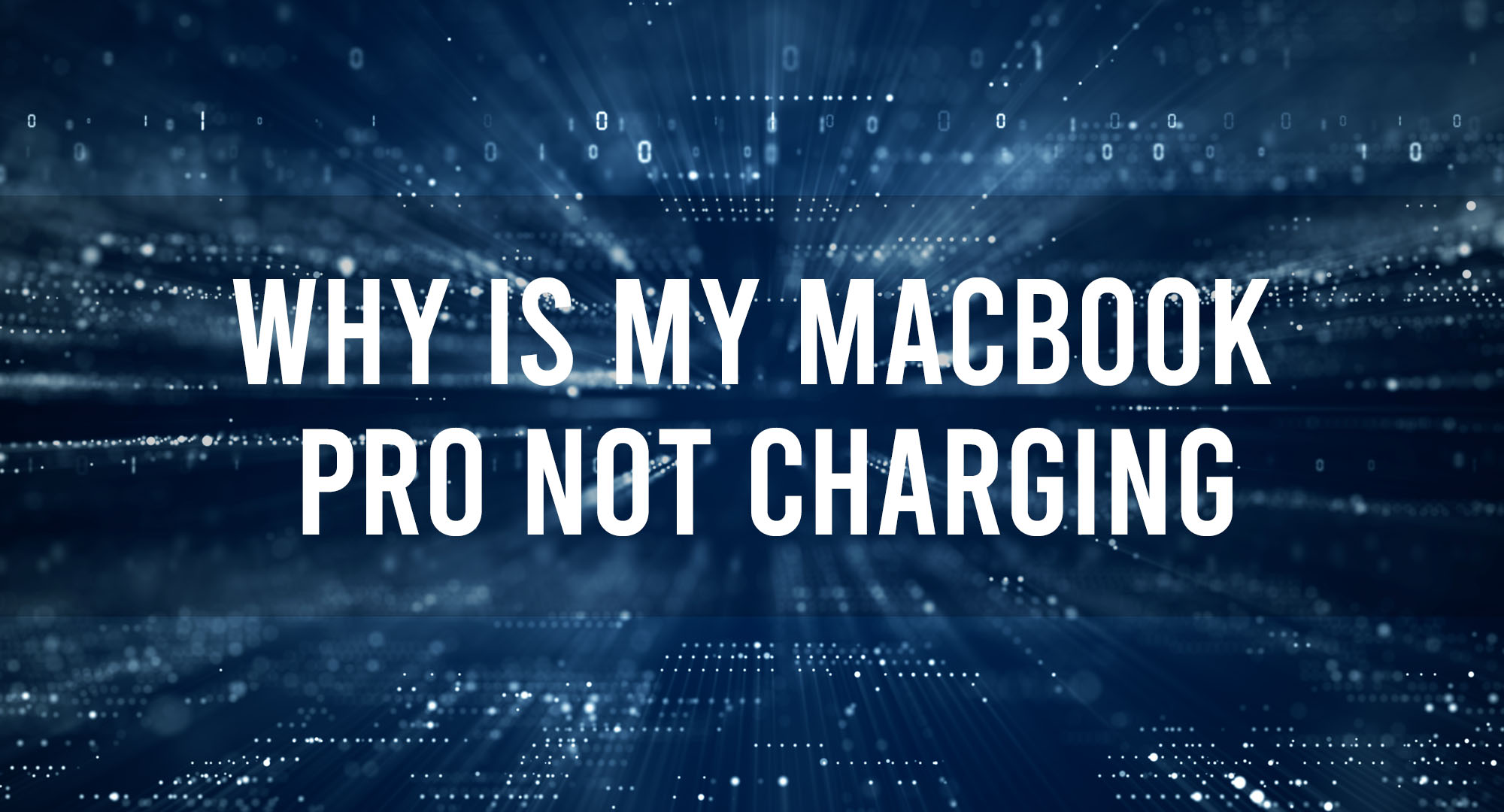We’ve all been there, you plug in your Macbook Pro to charge, only to find that it’s not charging at all. Panic sets in as you realize you’re running on limited battery life, and you need your laptop for work or school. But don’t worry! In this article, we’ll dive into the various reasons why your Macbook Pro might not be charging and provide you with actionable solutions to get it back up and running. So, let’s get started!
Understanding the Macbook Pro Charging Process: How It Works
Table of Contents
Before we dive into the potential issues, it’s essential to understand how the Macbook Pro charging process works. When you plug in your charger, the laptop’s power management system detects the charger and begins to draw power from it. This power is used to charge the battery and power the system simultaneously. If there’s an issue with any part of this process, your Macbook Pro might not charge as expected.
Why Your Macbook Pro Won’t Charge?
There are several reasons why your Macbook Pro might not be charging. Some of the most common issues include:
- Faulty charger
- Damaged charging port
- Poor battery health
- Software glitches
- System Management Controller (SMC) issues
Troubleshooting the Charger: Tips for Identifying and Fixing Issues
First, let’s focus on the charger itself. To troubleshoot your charger, follow these steps:
- Inspect the charger for any visible damage, such as frayed cables or bent prongs.
- Try using a different charger to see if the issue persists.
- Test the charger on another Macbook Pro to determine if the problem is with the charger or the laptop.
If you find that your charger is the issue, consider purchasing a new one or contacting Apple Support for assistance.
Inspecting the Charging Port: How to Detect and Resolve Problems
Next, let’s take a look at the charging port on your Macbook Pro. To inspect the port, follow these steps:
- Unplug the charger and turn off your laptop.
- Use a flashlight to examine the charging port for any debris or damage.
- If you find debris, use a toothpick or compressed air to gently remove it.
- If you notice any damage, contact Apple Support for further assistance.
Battery Health and Performance: Is Your Macbook Pro Battery the Culprit?
If your charger and charging port seem to be in good shape, the issue might be with your laptop’s battery. To check your battery’s health, follow these steps:
- Click on the Apple logo in the top-left corner of your screen.
- Select “About This Mac.”
- Click on “System Report.”
- Under “Hardware,” click on “Power.”
- Review the “Cycle Count” and “Condition” of your battery.
If your battery’s condition is “Replace Soon” or “Replace Now,” consider replacing the battery or contacting Apple Support for assistance.
Software Glitches and Charging Issues: How to Identify and Fix Them
Sometimes, software glitches can cause charging issues on your Macbook Pro. To troubleshoot software-related problems, try the following:
- Restart your laptop to see if the issue resolves itself.
- Update your macOS to the latest version.
- Check for any third-party apps that might be interfering with the charging process and uninstall them if necessary.
Resetting the System Management Controller (SMC): A Step-by-Step Guide
If none of the above solutions work, you might need to reset your Macbook Pro’s System Management Controller (SMC). To do this, follow these steps:
- Shut down your laptop and unplug the charger.
- Press and hold the Shift, Control, and Option keys on the left side of the keyboard.
- While holding these keys, press and hold the Power button for 10 seconds.
- Release all keys and press the Power button to turn on your laptop.
- Plug in the charger and see if the issue is resolved.
Seeking Professional Help: When to Contact Apple Support for Charging Issues
If you’ve tried all of the above troubleshooting steps and your Macbook Pro still won’t charge, it’s time to contact Apple Support. They can help diagnose the issue and provide further assistance, such as repairs or replacements.
Preventive Measures: Tips to Keep Your Macbook Pro Charging Properly
To prevent future charging issues, consider the following tips:
- Always use an Apple-certified charger.
- Keep your charging port clean and free of debris.
- Regularly update your macOS and apps.
- Monitor your battery’s health and replace it when necessary.
Frequently Asked Questions
Can a Macbook Pro charge while it’s turned off?
Yes, your Macbook Pro can charge while it’s turned off. In fact, it might charge faster when it’s not in use.
How long does it take to fully charge a Macbook Pro?
It typically takes about 2-3 hours to fully charge a Macbook Pro, depending on the model and battery capacity.
Is it bad to leave my Macbook Pro plugged in all the time?
Leaving your Macbook Pro plugged in all the time can cause the battery to degrade over time. It’s best to unplug it once it’s fully charged and use it on battery power until it reaches around 20-30% before plugging it back in.
Conclusion
By understanding the Macbook Pro charging process and troubleshooting potential issues, you can ensure that your laptop stays charged and ready for use. Remember to take preventive measures and seek professional help when necessary. With a little effort, you can keep your Macbook Pro running at peak performance and avoid charging issues in the future.

Timothy is a tech enthusiast and has been working in the industry for the past 10 years. He has a vast knowledge when comes to technology and likes to help people with this knowledge.
